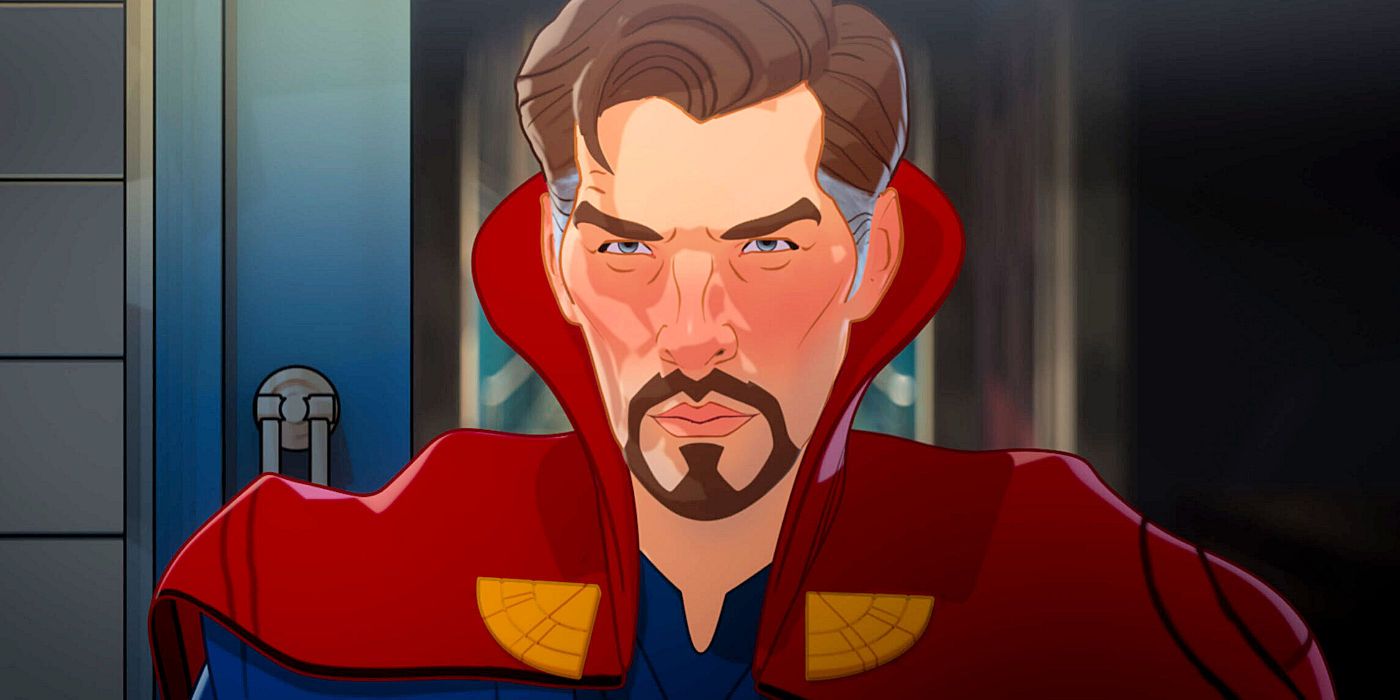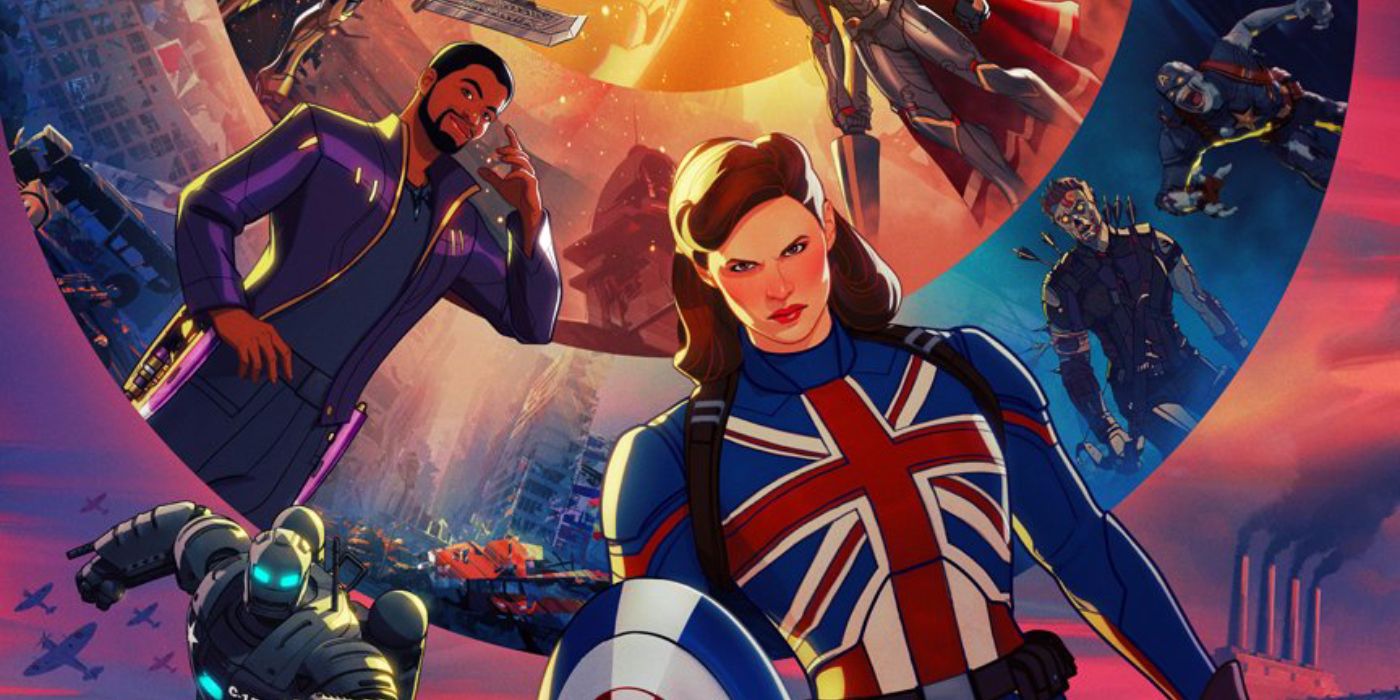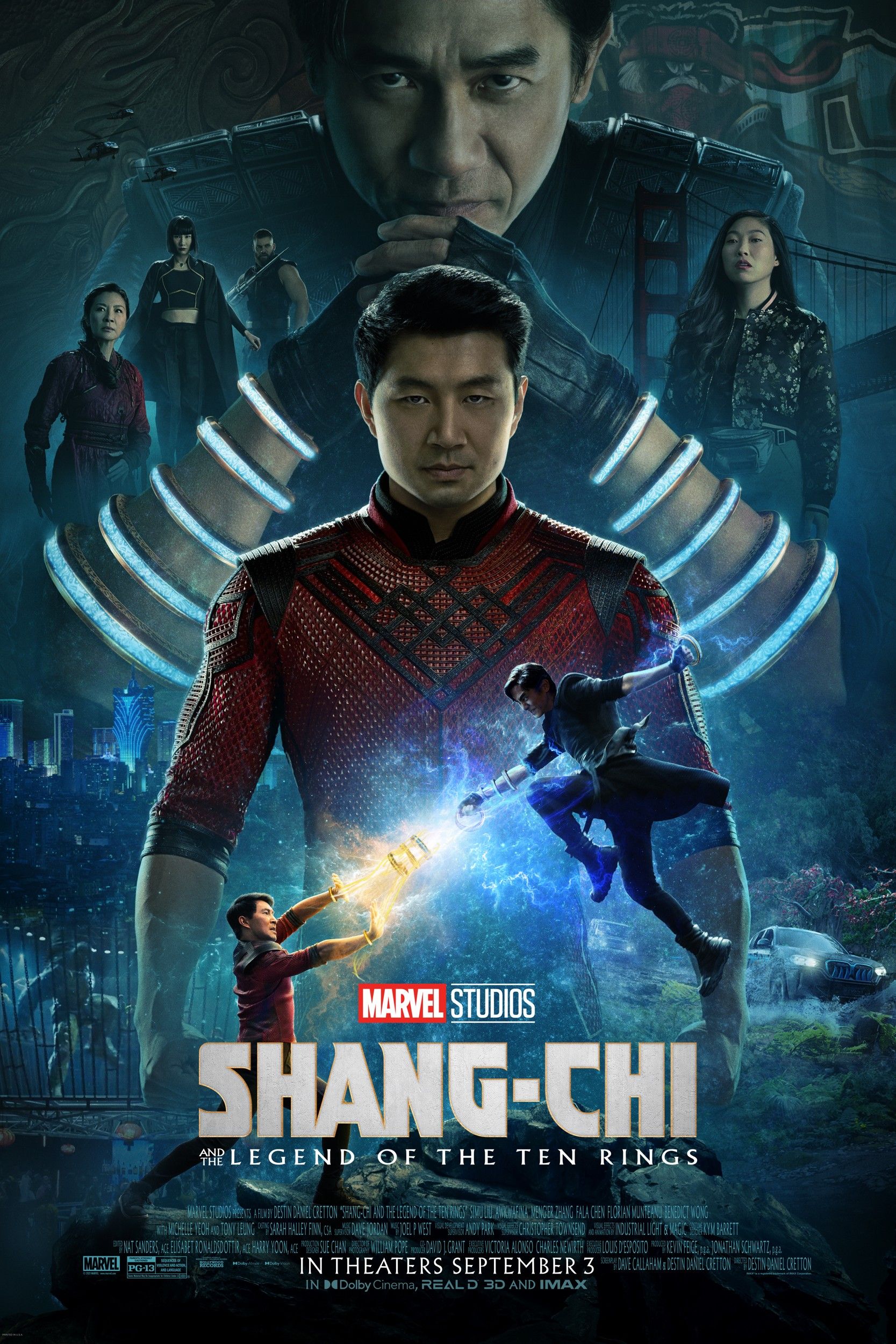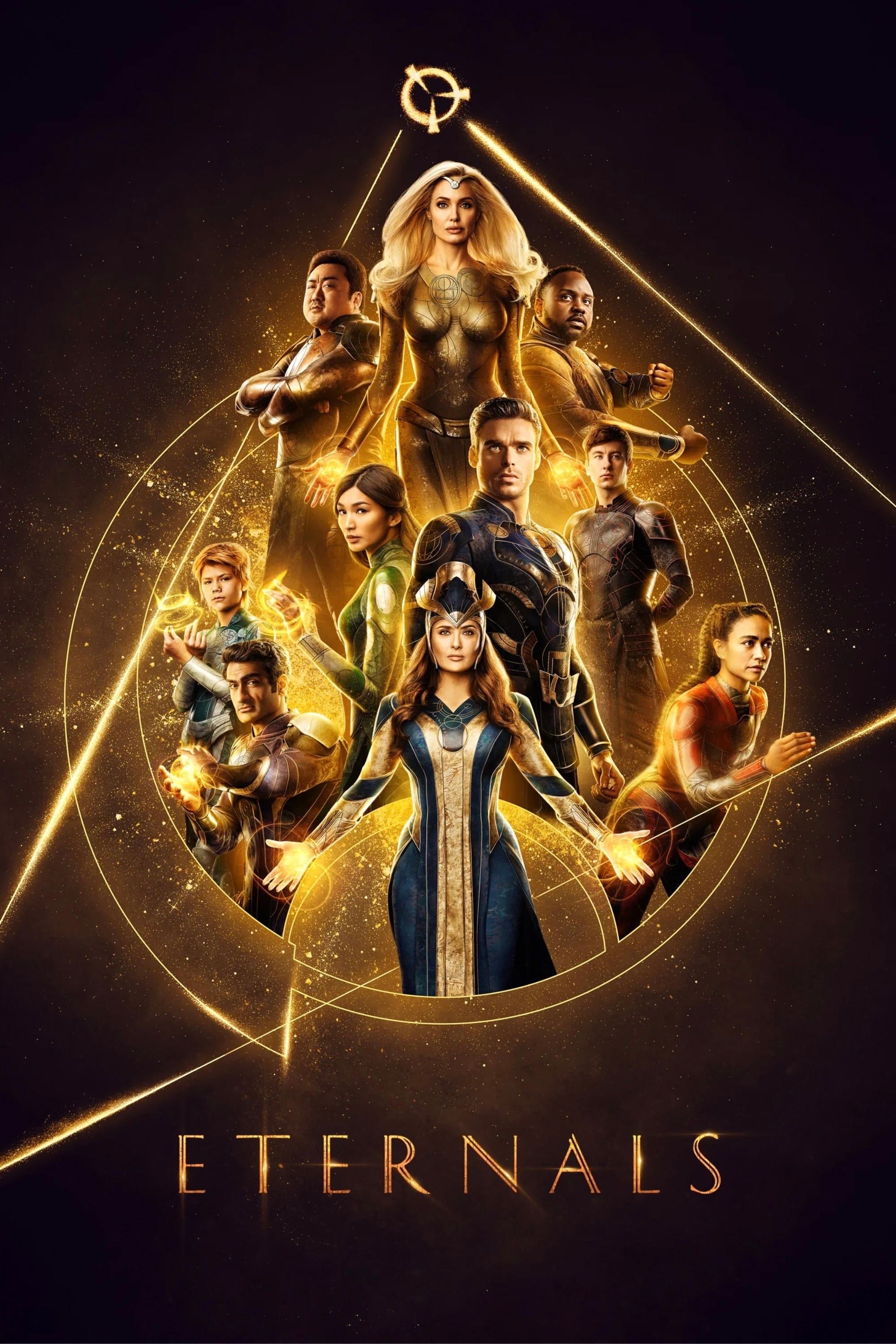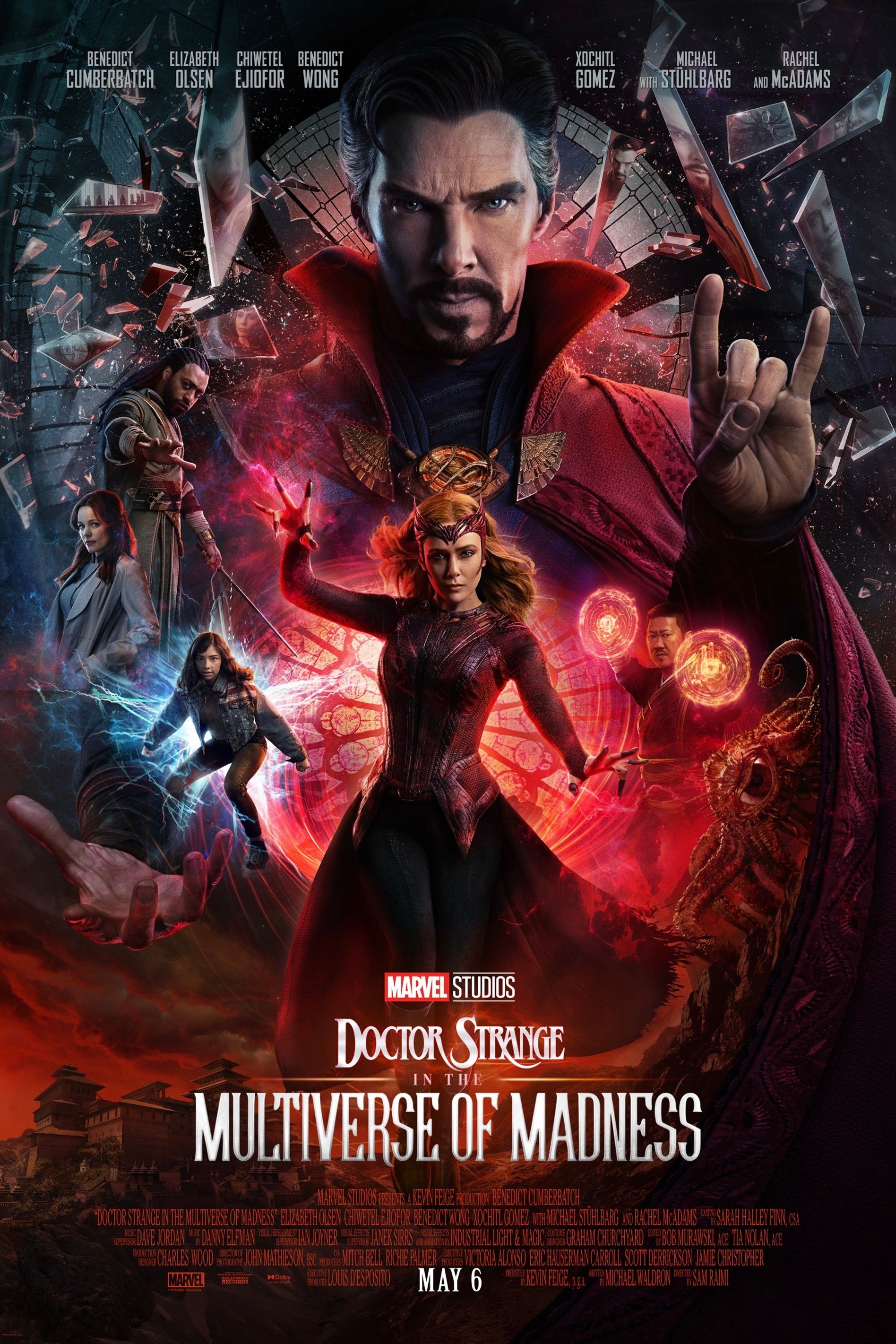Some viewers are turned off by What If...?'s animation style - but why? Disney+'s What If...? is the first animated series from Marvel Studios, though it's certainly not the first animated Marvel TV show - and it's certainly not the first with its fair share of animation issues. Marvel's been working with various studios for decades to make cartoons. They started in the 1960s and have continued to today, with the latest being M.O.D.O.K. on Hulu and Marvel's Spidey and His Amazing Friends on Disney Junior.
The opportunities presented by What If...? for the Marvel Cinematic Universe were too exciting for the studio to pass up, and they've chosen a rather interesting animation style to help tell these stories to audiences. The thing is, the fuss around What If...?'s animation resembles the controversy that occurred with MTV's Spider-Man: The New Animated Series from 2003. While MTV's take on the Marvel character was praised for its voice-acting and narrative elements, criticism stemmed from the fact that the animation came across choppy and rushed. That it was cancelled after only one season doesn't, understandably, inspire confidence in What If...? for some viewers.
Marvel's What If...? uses cel-shading animation like the aforementioned Spider-Man series, involving rendering 3D objects to appear more 2D or cartoon-like. It's a technique that is mostly associated with video games and is praised for its comic book-like aesthetic. Considering What If...? is an extension of the MCU's live-action projects and, in fact, features the return of many Phase 1 characters and actors, cel-shading animation style is arguably a smart play by the studio. The animation style affords the MCU's beloved characters a sort of smooth transition from live-action to animation, effectively carrying over their three-dimensional likeness (which audiences have grown attached to in the last decade) into a two-dimensional medium. The irony, however, of using a cel-shading animation style is the risk of the end-product appearing stiff, which was unfortunately the case in Spider-Man: The New Animated Series.
For What If...?, whose foundational concept of illustrating alternate storylines is essentially a large-scale narrative endeavor, the last thing the series needs is an animation style that draws attention to itself. For some people, the use of cel-shading in a project that finally marks the MCU's first post-Loki multiverse of madness naturally warrants a degree of wariness. They don't want to be distracted by the choppiness generally associated with the animation style; after all, audiences have been waiting to be immersed in the multiverse since Phase 4 began.
What arguably exacerbates What If...?'s cel-shading problem is the lack of familiarity with the animation style. Traditionally, animated series - American ones, in particular - lean more toward styles that are either anime-inspired, computer-generated, or overtly cartoony. In other words, they take advantage of animation's propensity for high stylization. Spider-Man: The New Animated Series was, in fact, the first animated Marvel show to use cel-shading. While the MCU has lately made different formal choices and while these changes have been received well, cel-shading demands more from the audience. On the one hand, there's the fact that What If...? takes audiences away from the live-action format they've grown accustomed to in the last decade. And then, on the other, there's the reputation of cel-shading being an unpredictable animation style. Unfamiliarity mixed with unpredictability is unsettling for some people.
Indeed, being unsettled is the last thing some people would expect to feel when it comes to viewing an MCU project. The formulaic structure and generic aesthetic of projects in Phases 1 to 3 have clearly appealed to audiences. More than that, they've inadvertently taught audiences what to expect from the MCU. Of course, now in Phase 4, the Marvel Cinematic Universe has become something better, and What If...? best represents this evolution. And as exciting as this change is for some, it does, for others, come with a healthy dose of skepticism.

